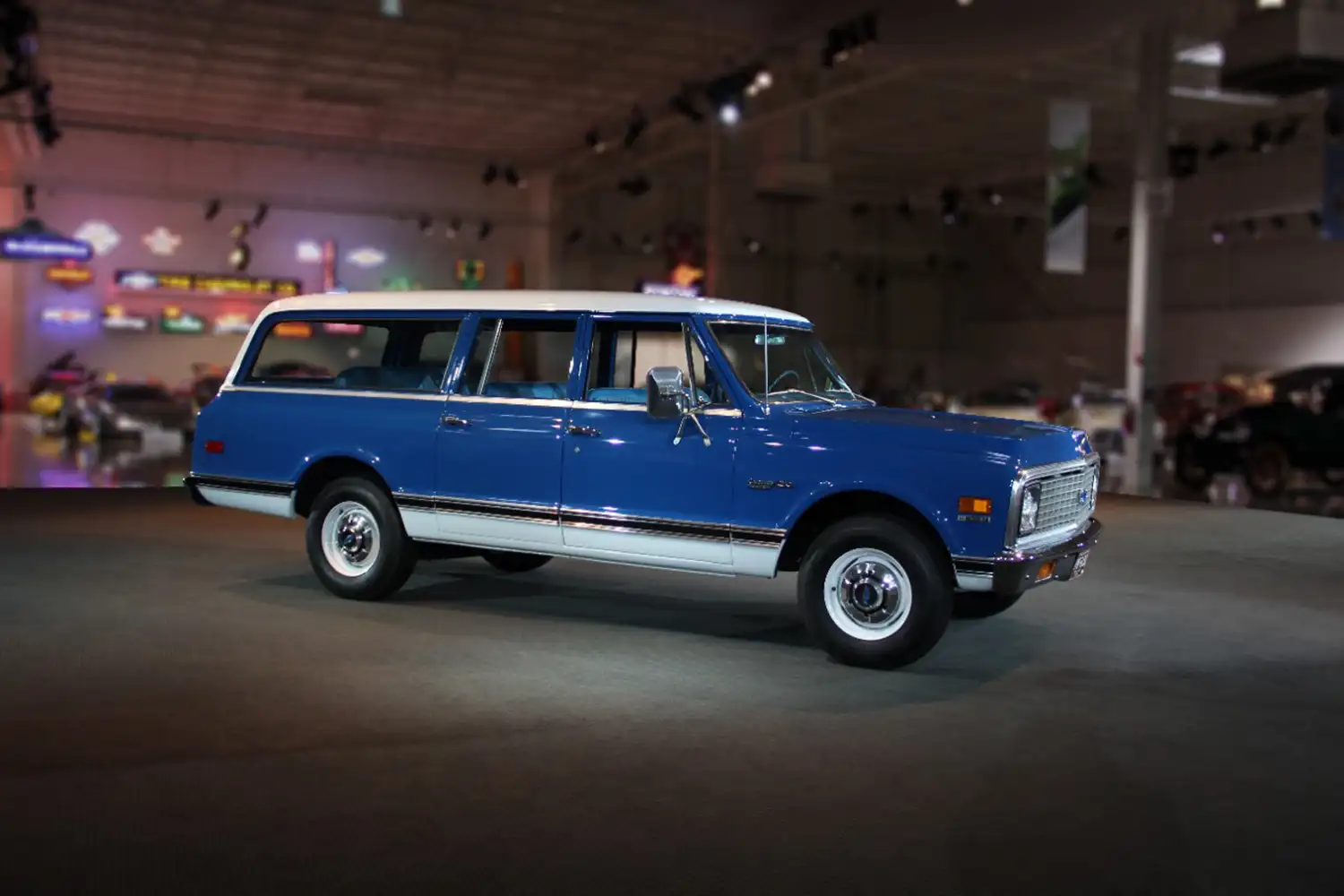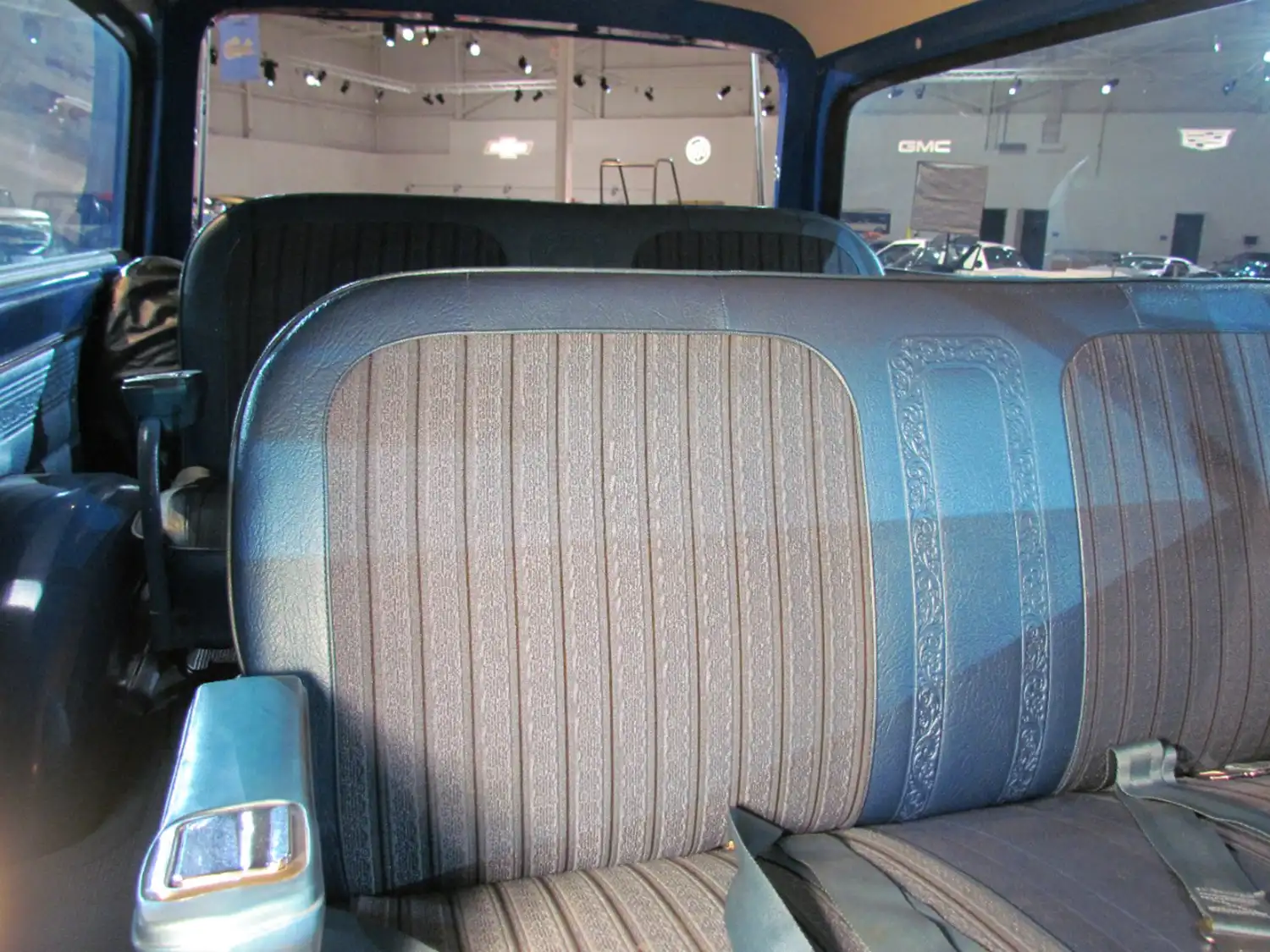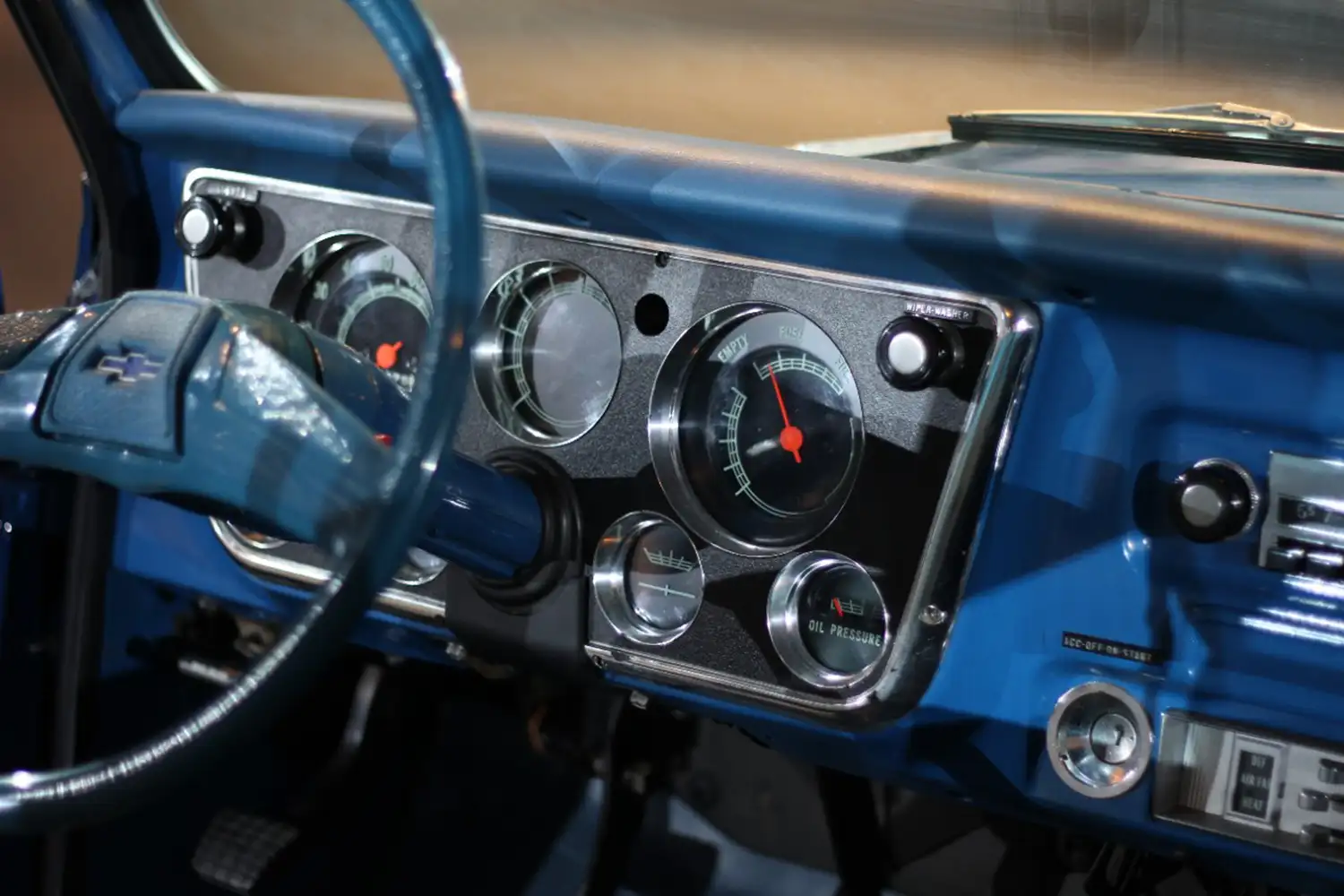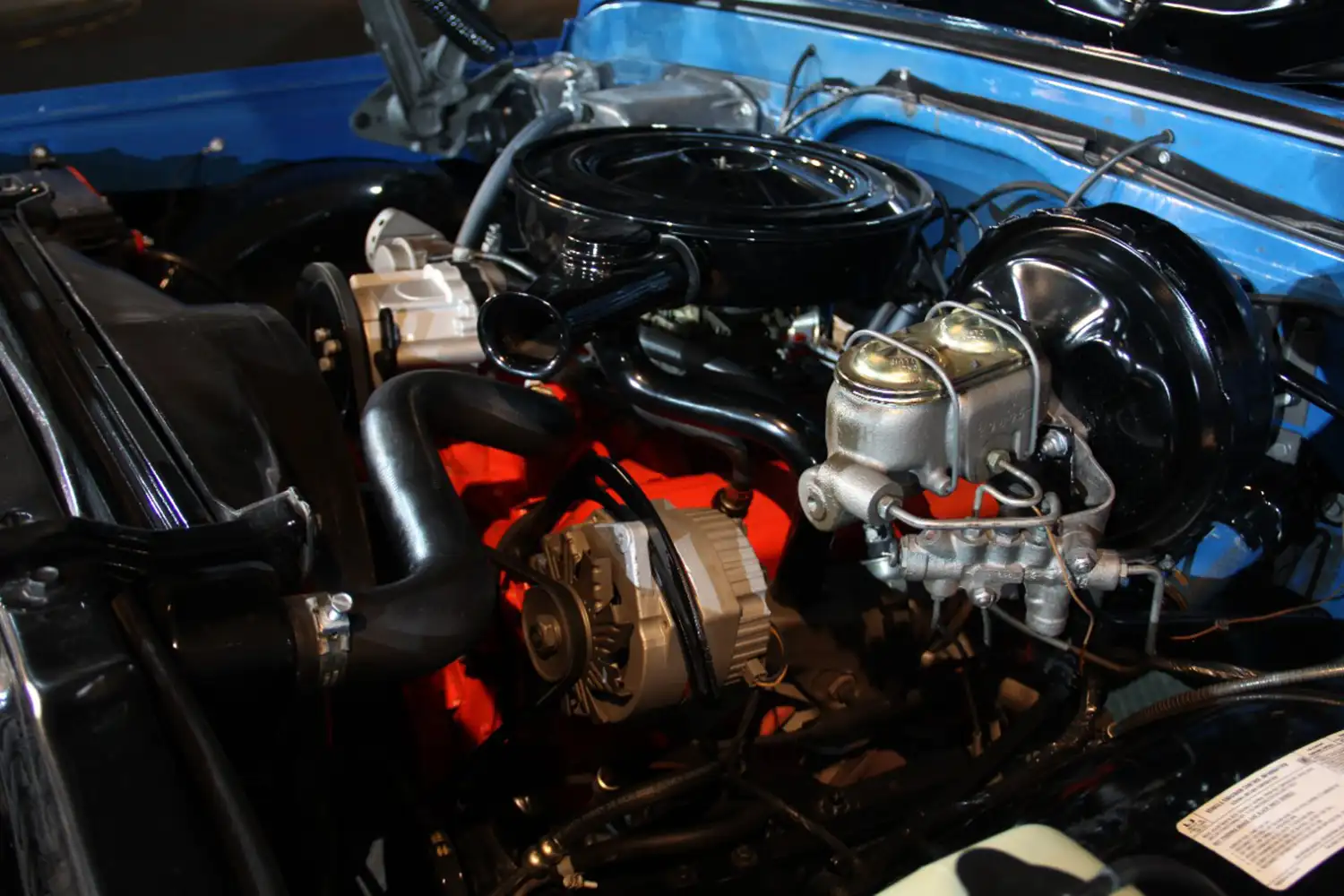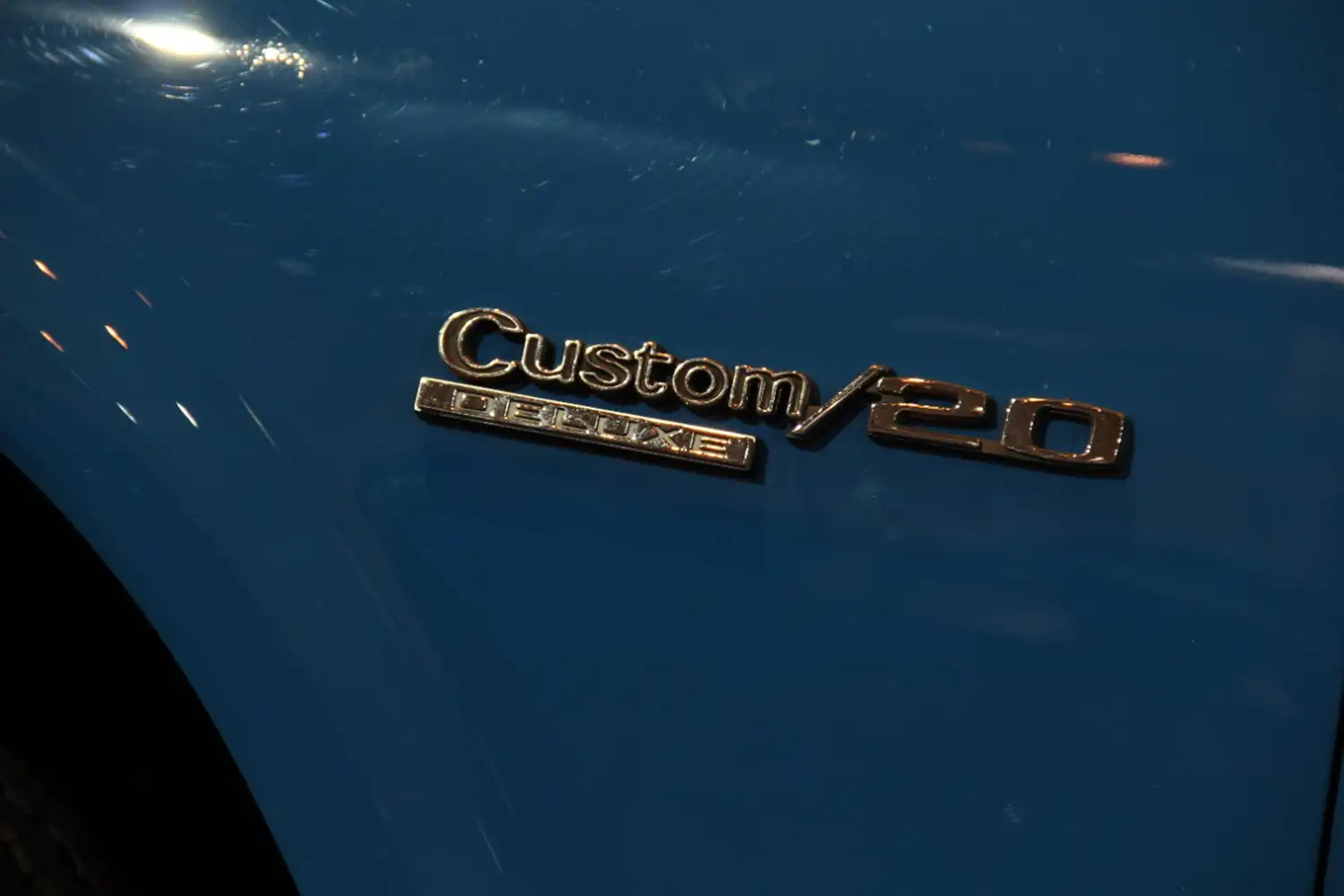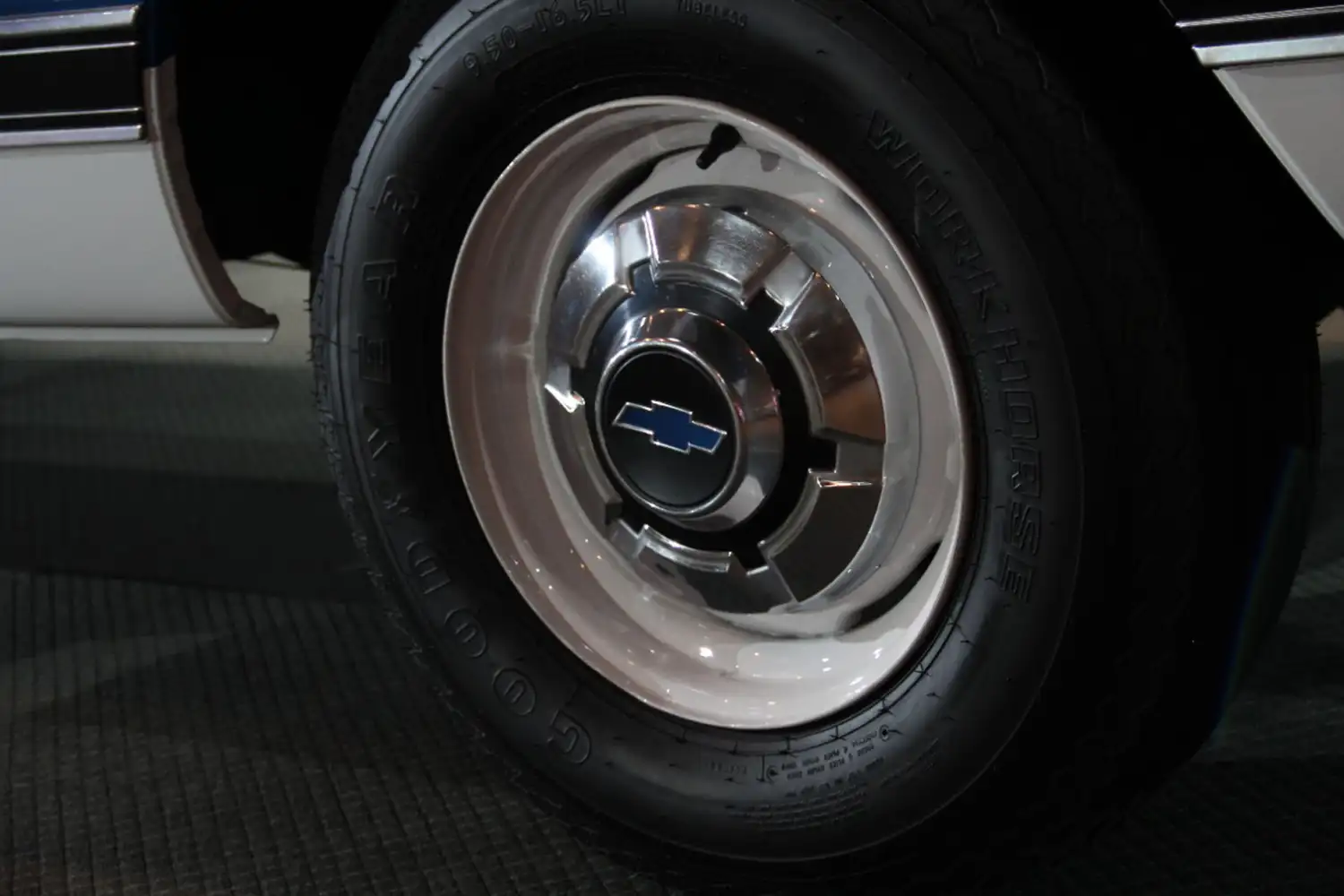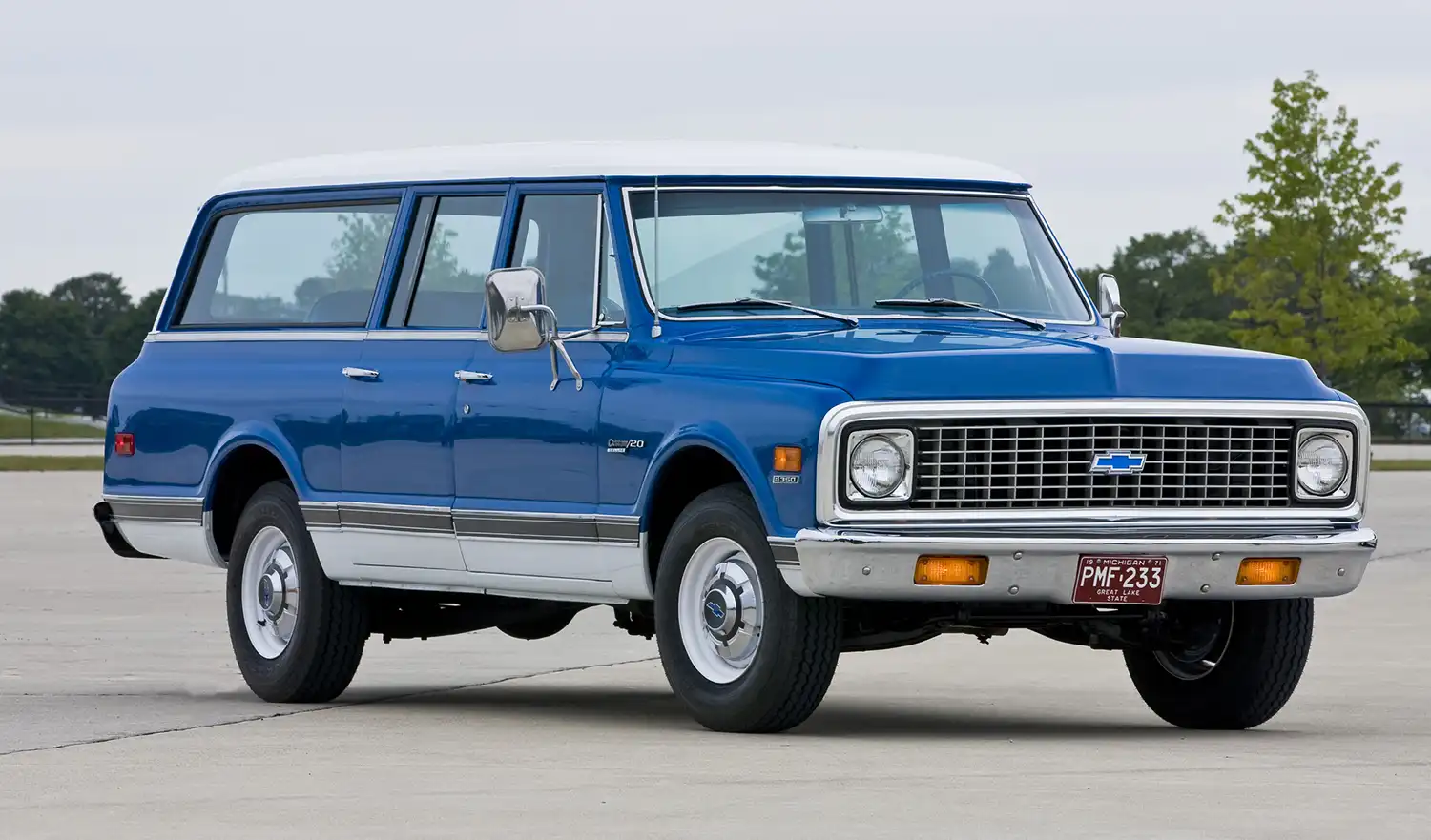
The 1972 Chevrolet Suburban stands as a significant milestone in automotive history, representing the culmination of Chevrolet’s sixth generation of this pioneering vehicle, a lineage tracing back to 1935. Initially conceived as a robust, truck-based wagon to transport work crews and their equipment, the Suburban had evolved by 1972 into a more versatile machine, increasingly appealing to families and those needing ample passenger and cargo space. This model year retained the classic three-door configuration that had become a Suburban hallmark, offering a unique blend of utility and practicality in a full-size package.
Classic Three-Door Design and Versatile Configurations: The 1972 Chevrolet Suburban maintained its distinctive three-door layout, featuring a single door on the driver’s side and two doors on the passenger side. This configuration, while unique, provided easy access to both the front and rear seating areas. Customers had the choice of either traditional rear doors or a convenient tailgate, catering to different needs for cargo loading and unloading. The robust body-on-frame construction, shared with Chevrolet’s popular pickup trucks, ensured durability and a capable driving experience. Various trim levels were available, offering different levels of features and finishes to suit a range of buyers.
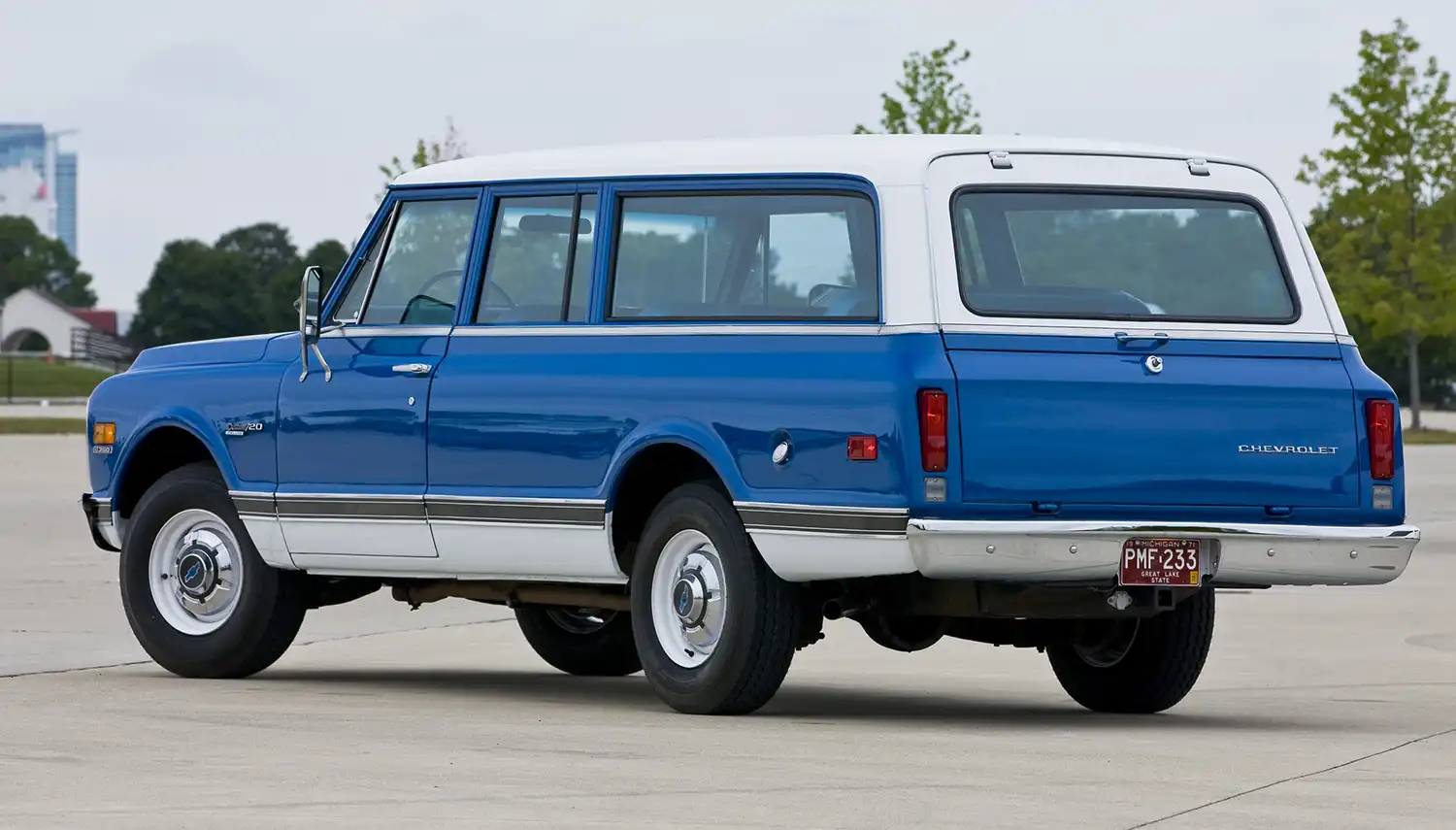
Powertrain Options for Diverse Needs: Engine and Performance: The 1972 Chevrolet Suburban offered a range of engine options to cater to varying performance requirements and intended uses. While specific details for all available engines are extensive, a common and versatile choice was the 350 cubic inch V8 engine. As noted for a Custom Deluxe C20 model, this engine could produce around 250 horsepower, providing a good balance of power and torque for hauling passengers and cargo. Other engine options were also available, including both smaller and larger displacement V8s, offering different levels of fuel economy and towing capability. Transmission choices typically included both manual and automatic options, allowing buyers to tailor the Suburban to their specific preferences. The example mentioned, a Custom Deluxe C20 (a 3/4 ton model), being equipped with a manual four-speed transmission was less common but highlighted the availability of such configurations for those needing more direct control and potentially enhanced towing capabilities.
Interior Comfort and Practicality: Inside, the 1972 Chevrolet Suburban prioritized passenger comfort and practicality. With seating for up to eight occupants depending on the configuration, it was an ideal vehicle for large families or groups. The spacious interior offered ample legroom and headroom for all passengers, making long journeys comfortable. The rear cargo area was substantial, providing significant space for luggage, groceries, or work equipment. Features such as air conditioning, power steering, and power brakes were available as options, enhancing the driving experience and comfort levels. The Custom Deluxe package, as highlighted, added features like a cigarette lighter, door-operated dome light, and bright door trim and window framing, offering a touch more refinement.
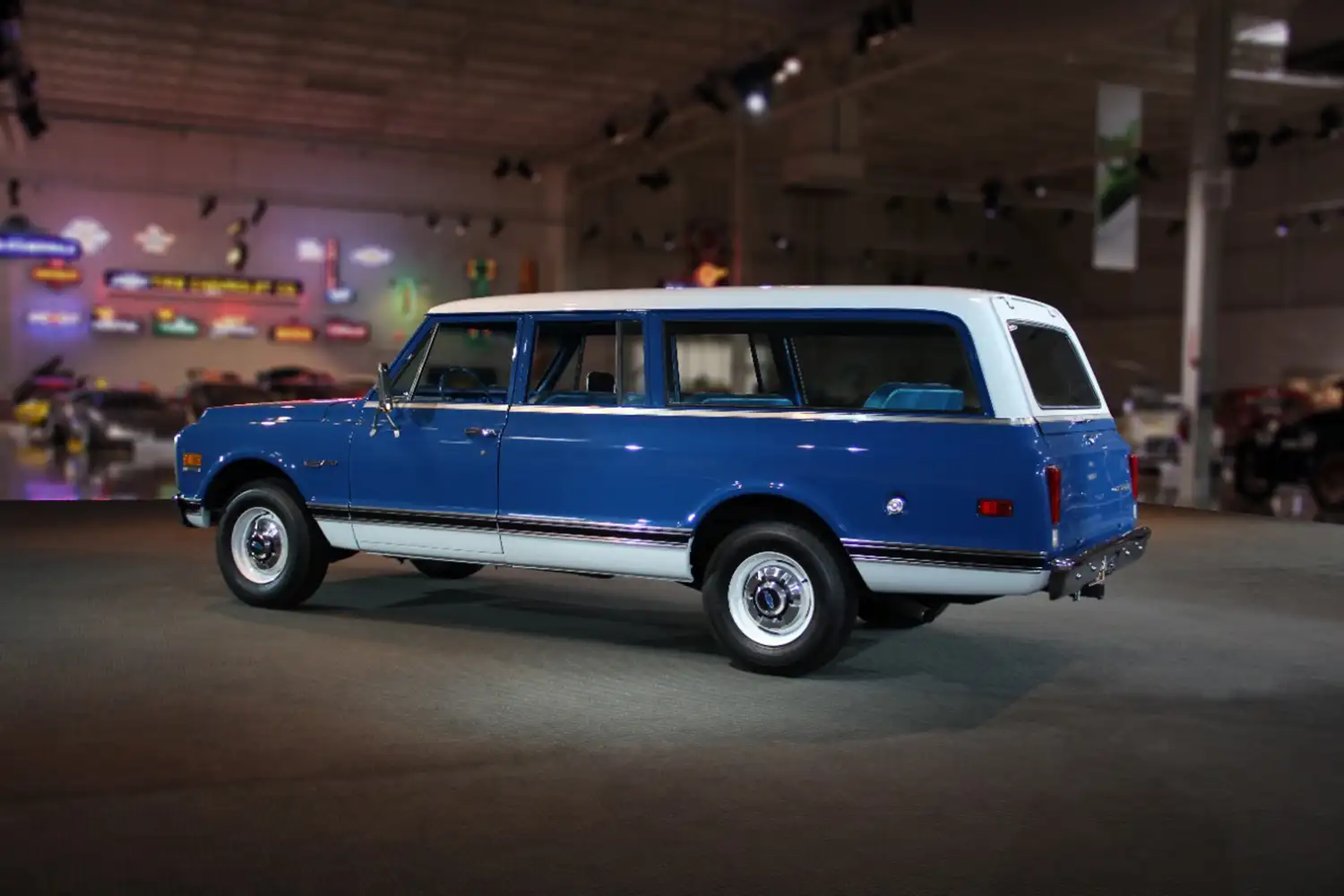
A Foundation for the Modern SUV: The 1972 Chevrolet Suburban, while a product of its time, laid a crucial foundation for the modern sport utility vehicle. Its combination of truck-based ruggedness, substantial passenger capacity, and ample cargo space foreshadowed the popularity of SUVs that would emerge in later decades. Its enduring legacy lies in its ability to adapt to changing consumer needs while retaining its core values of utility and versatility. The fact that Chevrolet sold a significant 845,000 light-duty trucks during this model year underscores the popularity of their truck-based platforms, of which the Suburban was a key part.
Summary:
- The 1972 Chevrolet Suburban was the culmination of its sixth generation, dating back to 1935.
- It featured a distinctive three-door design with a choice of rear doors or a tailgate.
- A range of V8 engine options were available, including a 350 CID V8 producing around 250 horsepower.
- Both manual and automatic transmissions were offered.
- The interior provided seating for up to eight passengers and substantial cargo space.
- Available options included air conditioning, power steering, and power brakes.
- The Suburban played a key role in the evolution of the modern sport utility vehicle.
Disclaimer: Information regarding engine specifications and features may vary based on the specific model and options chosen.
